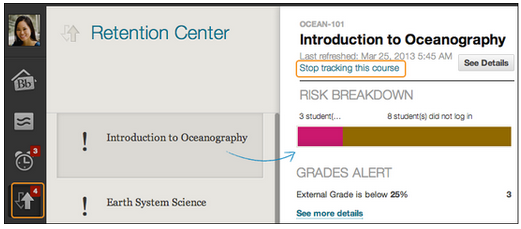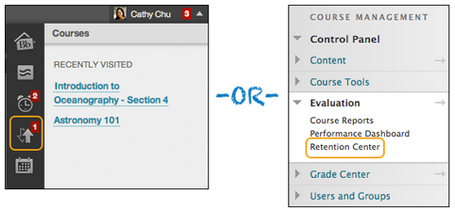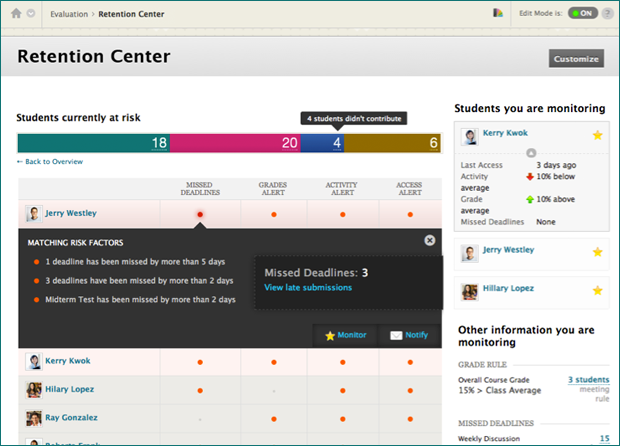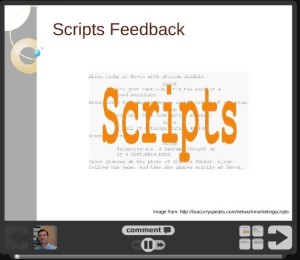This post is the third in an interview series with author and Lesley University Professor Joan Thormann regarding the design and facilitation of online learning environments. Joan Thomann will be presenting at an upcoming eLIS Brown Bag event, The Online Learning Community as Digital Village Green. This event will take place on Friday, November 15th from 12pm to 2pm at Lesley’s University Hall at 1815 Mass Ave in Cambridge on the third floor, within the Creativity Commons.
![By Tony Alter from Newport News, USA (Homework Uploaded by theveravee) [CC-BY-2.0 (http://creativecommons.org/licenses/by/2.0)], via Wikimedia Commons By Tony Alter from Newport News, USA (Homework Uploaded by theveravee) [CC-BY-2.0 (http://creativecommons.org/licenses/by/2.0)], via Wikimedia Commons](https://www.lesleyelis.com/elisblog/files/2013/10/homework.jpg)
Your book indicates that building community is critical in online learning environments. How do you accomplish this?
Joan Thormann: I develop assignments that result in idiosyncratic postings so students have the opportunity to learn from each other. Students are required to post all assignments publicly in a designated weekly Blackboard Discussion Board forum. This ensures that students’ assignments are not just for the teacher — they are for everyone in the class. Sharing their work publicly helps to create authentic learning experiences. It also improves the quality of the work. Students do not want to be embarrassed in front of’ peers so they are less likely to submit poor work. Knowing that classmates will read their assignments also helps to create a bond among students.
To deepen the connection among students, most assignments require students to post comments and questions to at least two classmates and respond to all comments and questions that are posted to them. Rubric-based points are earned separately for participation in each discussion. This requirement and grading system helps to insure that students read classmates’ assignments and get to know each other.
Another community building strategy is to assign what is called a ‘jigsaw’ once or twice during a course, where students focus on different aspects of one topic and then learn about the topic from each other. This type of assignment makes students dependent on one another to learn about the whole topic.
Using student moderation also makes students depend on each other since moderators can only be successful if classmates respond to each moderator’s effort to deepen understanding of the topic. Students come to understand that it makes sense to participate since everyone will take on the role of moderator at some point and need full participation from peers to be a successful moderator.
Once a term students work with a partner or small group to complete an assignment. I allow the students to select their own group members. This encourages students to pay attention to others in the class.
![By Charles Hamm (Own work) [CC-BY-3.0 (http://creativecommons.org/licenses/by/3.0)], via Wikimedia Commons By Charles Hamm (Own work) [CC-BY-3.0 (http://creativecommons.org/licenses/by/3.0)], via Wikimedia Commons](https://www.lesleyelis.com/elisblog/files/2013/10/jigsaw.jpg)
In addition to the student moderators, required participation and jigsaw activities, do you have other strategies you use to build community within your online courses?
Thormann: I feel that the Coffee Shop forum, where students can chit chat, is another community building tool. When I know that a student has a special event coming up or a special interest, I urge the student to post pictures or share what’s happening in the Coffee Shop. For example, one student won an award, another posted photos of a cruise she had been on and another posted pictures of herself with celebrities. This gives the class the opportunity to congratulate each other and also learn about classmates’ interests.
The Coffee Shop is not the only place that interests are shared. The very first assignment is an Introduction, which includes having students describe themselves and their interests. This assignment is often the most robust of the course. As with the student moderators, I make sure to model the interaction by responding to each student’s introduction.
I also set up a Teachers’ Room forum. Students are encouraged to discuss ideas not necessarily directly related to the week’s work but that align with their professional interests.
There are a number of different outlets for students to build community and make learning among students strong. The result is that all of the postings in the weekly assignment forums on the Discussion Board are substantive and on task – they are never irrelevant. This pleases me, and I hope it pleases my students too.
These strategies, community building and student moderation, seem to suggest a paradigm shift, where students are empowered as leaders and help to generate knowledge within the class. How do your students respond to this shift away from the traditional hierarchy?
Thormann: Judging from my research and that of others, most students see this shift as positive. They like receiving feedback from their peers. They feel empowered. They learn new ways of interacting with each other. Part of the student moderator’s assignment is that they do not have to post the weekly assignment, but they have to be familiar – maybe even more familiar – with the content. Moderators often say they have learned much more about the topic for the week by moderating. They learn the material in greater depth and also learn from their classmates.
It was interesting that one student wrote that she was going to use student moderators in her face-to-face classroom with her fifth grade students. She and others really seem to embrace the paradigm shift.
In implementing this paradigm shift it is important that I, as the instructor, do not abandon the class while working to empower students. As I said earlier, I post feedback publicly. I also send students personal feedback. This may sound like an overwhelming task, but I use templates that help make the feedback process easier for me. The details of using templates are discussed in my book, The Complete Step-by-Step Guide to Designing and Teaching Online Courses.
Stay tuned next week for part IV of the series.





![By Nancy Jones (Own work by uploader - application screenshot) [CC-BY-3.0 (http://creativecommons.org/licenses/by/3.0)], via Wikimedia Commons By Nancy Jones (Own work by uploader - application screenshot) [CC-BY-3.0 (http://creativecommons.org/licenses/by/3.0)], via Wikimedia Commons](https://www.lesleyelis.com/elisblog/files/2013/10/skype_chat.jpg)
![By Brian Solis [CC-BY-2.0 (http://creativecommons.org/licenses/by/2.0)], via Wikimedia Commons](https://www.lesleyelis.com/elisblog/files/2013/11/iphone.jpg)
![By Tony Alter from Newport News, USA (Homework Uploaded by theveravee) [CC-BY-2.0 (http://creativecommons.org/licenses/by/2.0)], via Wikimedia Commons By Tony Alter from Newport News, USA (Homework Uploaded by theveravee) [CC-BY-2.0 (http://creativecommons.org/licenses/by/2.0)], via Wikimedia Commons](https://www.lesleyelis.com/elisblog/files/2013/10/homework.jpg)
![By Charles Hamm (Own work) [CC-BY-3.0 (http://creativecommons.org/licenses/by/3.0)], via Wikimedia Commons By Charles Hamm (Own work) [CC-BY-3.0 (http://creativecommons.org/licenses/by/3.0)], via Wikimedia Commons](https://www.lesleyelis.com/elisblog/files/2013/10/jigsaw.jpg)
![By Left rj (Own work) [Public domain], via Wikimedia Commons By Left rj (Own work) [Public domain], via Wikimedia Commons](https://www.lesleyelis.com/elisblog/files/2013/10/colaboracao2.jpg)